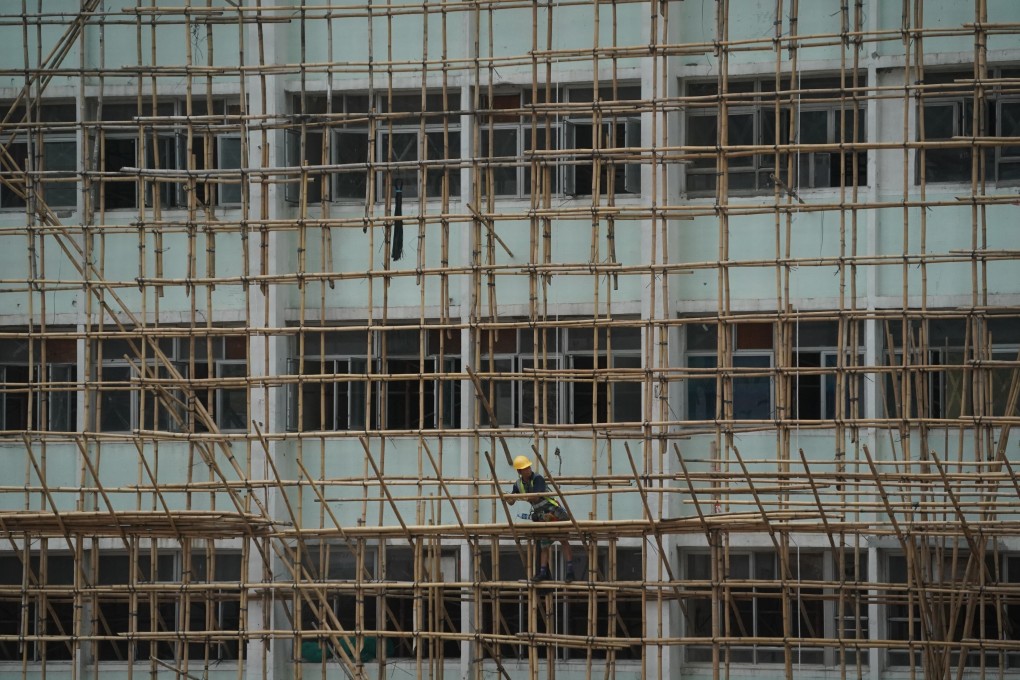Concrete Analysis | Industrial property shines as a beacon of recovery in Hong Kong
- Fund managers pick industrial as their most-favoured sector in Hong Kong, with 11 of 14 deals in 2021 involving factories and warehouses
- Strong occupier demand, emerging industries, government policies, price resilience, willing sellers and supply deficit are major appeals

Property funds have been particularly active in the Hong Kong investment market since late last year. Market-wide investment reached HK$35 billion (US$4.5 billion) in the first half this year, for deals priced at US$10 million each or more. While this is still the second slowest start to a year in the past decade, the volume marks a 150 per cent jump from a year earlier.
Strong occupier demand backed by low vacancy and tight future supply has made industrial a hot sector. About 37 per cent of the proceeds this year went to industrial assets, the most across all commercial property sectors.

02:20
Intelligent sorting systems help China's JD.com cope with demand during Covid-19 pandemic
Investors were not only buying small strata-titled units but also spending billions on en bloc acquisitions. Five of the top 10 investment deals so far this year were for industrial buildings worth HK$9 billion, accounting for 60 per cent of all industrial properties transacted during the period.
